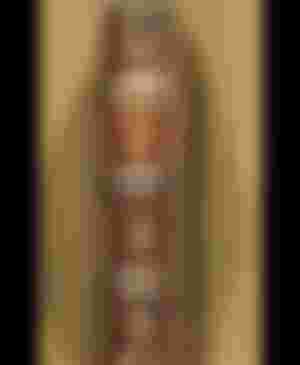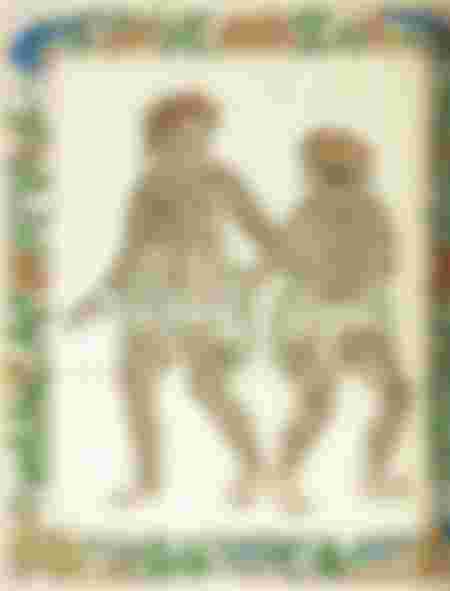The "Boxer Codex"
One of the most important primary sources our country Philippines has ever had for the study of valuable history is the Boxer Codex, also referred to as the Manila Manuscript. If it's your first time hearing it, I bet you thought it was some sort of movie like I did before haha.

Well, it is a 307-page Spanish manuscript book that describes the flora and fauna, superstitions, and customs of various ethnic groups in the Philippines, including those in Luzon, Zambales, the Cordilleras and Cagayan, sections in Visayas, and some nations from what are now known as New Guinea, Vietnam, Taiwan, the Moluccas, Cambodia, Brunei, Thailand, China, Japan, and many others.
It was assembled in Manila between 1591 and 1595, not long after that city was chosen to serve as the Asian hub of the Spanish imperial effort. Between 1574 and 1591, the manuscripts were either written in Spanish initially or were translated from Portuguese to Spanish after being initially composed in Portuguese and then transported to Madrid.
However, the author of this unique primary source is still unidentified, though. Only Luis Pérez Dasmarias who was a known Spanish Governor-General of the Philippines before is believed to have owned it. He is the son of the Governor General Gómez Pérez Dasmarias and succeeded his father in the position of Governor-General of the Philippines. Spanish colonial officials kept meticulous written records on the areas they oversaw, therefore, the book was likely compiled on the governor's orders.
This is also because the Boxer Codex lacks a dedication that might identify the patron or audience for the work as well as any unambiguous mention of the author's identity or the publication year. The original manuscript was found in the home of historian Charles Ralph Boxer before it was given to the Lilly Library at the University of Indiana in Bloomington. Whoever the author may be have created illustrations that resembled those in illuminated prayer books known as "Book of Hours."
The first illustration we can see is a fold-out that is rectangular in shape. 74 of the subsequent illustrations are full-page colored illustrations and the remainder images are grouped four to a page on 22 pages with some of the quarters being left blank. The majority of the illustrations resemble works that were imported from China to the Philippines and books in the shenmo genre, which feature images of gods and devils. The remaining drawings show people, sometimes a male and female pair, who are locals from China and Taiwan with their characteristic clothing, some of whom have been transformed into warriors.
Interestingly, as a Filipino, 15 were of the Philippines and are among the first depictions of the Tagalog, Bisaya, Cagayanon, and Negrito out of the 75 color pictures it had. These depictions show how they appeared to wear gold jewelry and how they dressed at the time of encounter with the Spaniards. The distinctions could be clearly noticed by clothing or a lack thereof. The said locations, their inhabitants, and their customs are described in about 270 pages of Spanish text. Through Boxer Codex, we were able to know that while Zambales residents were darker and had hairstyles that required shaving the forehead and front of the head but leaving long, loose hair in the rear, Visayans typically had tattooed bodies or pale complexion. Even the ethnic groups' use of a class structure was depicted in the Codex. The social hierarchy varied from one location to another.

Familiar isn't it? That is the inspiration of our Miss Universe 2018 Catriona Gray in their national costumes.

To continue, a total of 88 smaller illustrations, which are copies of earlier, widely read Chinese literature and books depict actual and mythical birds and animals as well as mythical deities and devils. With that, many of the early Filipinos' superstitions are also documented in the Boxer Codex that many of us still follow today.
Nowadays, it remains relevant to us for the picture it contains, as mentioned, includes the life in the pre-Spanish Philippines. The Boxer Codex is a historical reflection that reveals how much—or how little—humankind has changed throughout the years. To quench the interest of our historians, this book offered graphic representations. I realized that there are unique and numerous sources we can take that enables us to connect from the past and learn a lot.
That's it. Just drop your thoughts in the comment section below. Would love to hear from you.

Lead Image: Source
References
Margaux Camaya, T. V. T. (2020, September 20). Boxer codex: This is what 16th century Filipinos looked like. Boxer Codex: This Is What 16th Century Filipinos Looked Like. Retrieved October 9, 2022, from https://www.thevisualtraveler.net/2018/05/boxer-codex-this-is-what-16th-century.html?m=1
Ocampo, A. R. (2012). The Boxer Codex. Google. Retrieved October 9, 2022, from https://www.google.com/amp/s/opinion.inquirer.net/27029/the-boxer-codex/amp




Interesting! Where can I read more about this? I will try to Google later :D